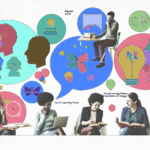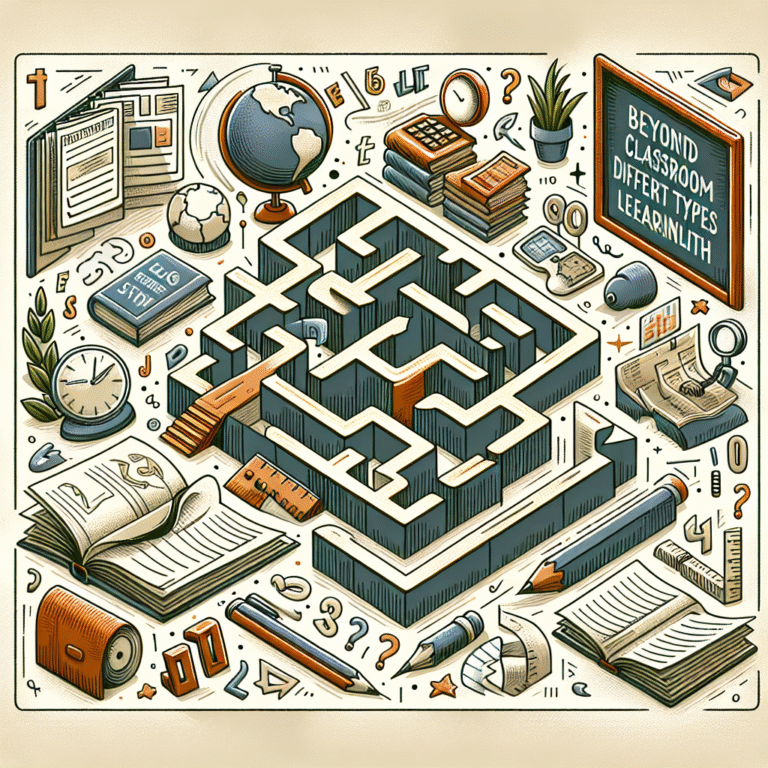The Science of Attachment: How Your Style Shapes Your Relationships
Introduction
In the intricate tapestry of human connection, one thread runs deeper and more intricately than any other: attachment. The Science of Attachment: How Your Style Shapes Your Relationships unveils a profound truth about why we connect, why we sometimes struggle, and how our formative experiences shape our interactions with others. From romantic partners to friendships and familial ties, the science behind attachment affects every aspect of our emotional life. This article explores the influences of various attachment styles, providing insights into how understanding them can lead to healthier, more satisfying relationships.
The Foundations of Attachment Theory
Attachment theory was first introduced by British psychologist John Bowlby in the mid-20th century as a framework for understanding the bonds between humans and caregivers, initially emphasizing the significance of early childhood experiences. Ainsworth’s later research identified four major attachment styles: secure, anxious, avoidant, and disorganized. These styles dictate how we relate to others throughout our lives.
The Four Attachment Styles
Secure Attachment: Individuals with a secure attachment style are comfortable with intimacy and independence. They are generally warm and loving, forming positive relationships and showing resilience during conflicts.
Anxious Attachment: Those with an anxious attachment style often crave closeness but fear abandonment. They may exhibit clinginess or need constant reassurance, leading to a cycle of anxiety in relationships.
Avoidant Attachment: Avoidantly attached individuals often distance themselves from emotional closeness. They value independence and tend to suppress their feelings, potentially leading to difficulty in forming deep connections.
- Disorganized Attachment: A blend of anxious and avoidant styles, those with disorganized attachment have inconsistent behavior and are often scared or confused about relationships. This style typically arises from trauma or neglect.
How Attachment Styles Develop
The Science of Attachment: How Your Style Shapes Your Relationships begins in childhood, where interactions with caregivers lay the groundwork for future relationships. Consistency in caregiving fosters secure attachment, while unpredictability can lead to anxious or avoidant styles. The early emotional experiences kids have significantly imprints on their adult relationships.
Case Study: Early Childhood Interactions
Consider Sarah, a child who grew up with attentive and responsive parents. Her secure attachment style allowed her to thrive in relationships during adulthood, displaying trust and effective communication. In contrast, Tim, who experienced neglect, developed an avoidant attachment style. In adult relationships, he struggles to open up and connect with others.
| Attachment Style | Characteristics | Relationship Challenges |
|---|---|---|
| Secure | Comfortable with intimacy, trusting | Generally low challenges |
| Anxious | Craves closeness, fears abandonment | Clinginess, need for reassurance |
| Avoidant | Independent, emotionally distant | Difficulty with intimacy |
| Disorganized | Confused about attachment, inconsistent | High interpersonal conflict |
The Impact of Attachment Styles on Adult Relationships
Understanding that “The Science of Attachment: How Your Style Shapes Your Relationships” echoes through adulthood is crucial. Our attachment styles influence how we communicate, handle conflict, and even how we perceive love.
Communication Patterns
Communication is a vital pillar in any relationship. Secure individuals communicate openly and effectively, while anxious individuals may overanalyze their partner’s statements. Avoidant individuals often keep conversations superficial, fearing they’ll be overwhelmed if emotions are fully explored.
Case Study: The Communication Gap
Take Laura, who is secure in her attachments, and Alex, who has an anxious attachment style. During a conflict, Laura aims for an open discussion, while Alex interprets Laura’s need for space as abandonment, leading to misunderstandings. Recognizing their attachment styles could help them navigate these dialogues more healthily.
Conflict Resolution
Conflict resolution is another area significantly impacted by attachment styles. Individuals with a secure attachment style can handle disagreement constructively. In contrast, those with anxious and avoidant attachments may engage in destructive conflicts, such as stonewalling or emotional outbursts.
Case Study: Navigating Conflict
In their relationship, Emma and Jake, both with anxious attachment styles, often find conflicts escalating over small misunderstandings. A lack of security leads to excessive worrying about each other’s feelings, creating a cycle of heightened emotions. By understanding their styles better, they can begin to defuse tensions.
Emotional Availability
Emotional availability is impacted greatly by attachment. Securely attached individuals feel comfortable expressing emotions, while those with avoidant styles may struggle to engage emotionally, affecting intimacy levels.
Case Study: The Emotional Disconnect
Consider Tony and Maria, both in a romantic relationship. Tony has an avoidant attachment style, leading him to withdraw when emotions rise. This withdrawal can be hurtful to Maria, who feels disregarded. Awareness of Tony’s attachment style enables them to work together to bridge the emotional gap.
The Science of Attachment: How Your Style Shapes Your Relationships Across Contexts
Friendships
Friendship dynamics are shaped by attachment styles in various ways. Securely attached friends typically foster mutual support, while anxious friends may seek excessive validation, and avoidant friends could often keep engagements at arm’s length.
Family Dynamics
In family relationships, attachment styles impact communication, caregiving, and even conflict management. Understanding these styles can lead to healthier familial relationships by addressing emotional needs more effectively.
Romantic Relationships
Romantic relationships often showcase the most profound impacts of attachment styles. Secure individuals generally navigate relationships with confidence and adaptability, while insecure styles may provoke turmoil or unhealthy patterns.
Recognizing and Changing Your Attachment Style
One of the most empowering aspects of understanding “The Science of Attachment: How Your Style Shapes Your Relationships” lies in the ability to develop healthier attachment patterns. Here are some actionable steps:
Self-awareness: Reflect on your attachment style by journaling or discussing it with trusted friends or a therapist.
Educate yourself: Learn more about attachment theory through books, articles, or courses that delve into the nuances of interpersonal relationships.
Communicate: Open up dialogues about attachment styles with loved ones. This can foster understanding and compassion.
Practice vulnerability: Try sharing your feelings more openly. Vulnerability can be a bridge to intimacy and better connections.
- Seek professional help: Therapy can provide tools to work through attachment-based challenges. A therapist can offer guidance tailored to your specific attachment style.
Inspirational Takeaway
Developing a more secure attachment style is possible. By actively working on your emotional skills and understanding the impacts of your attachment style, you can reshape the way you engage with others.
The Power of Connection: A Final Note
Understanding “The Science of Attachment: How Your Style Shapes Your Relationships” not only cultivates self-awareness but also fosters empathy towards others. Our lives are interconnected narratives shaped by our interactions and actions. By recognizing and enhancing our attachment styles, we take substantial steps toward nurturing deeper, more fulfilling relationships.
FAQs Section
Q1: Can my attachment style change over time?
A1: Yes! While attachment styles are often formed in childhood, they can evolve with self-awareness, experience, and therapy.
Q2: How can I identify my attachment style?
A2: Reflect on your relationship patterns. Journaling your feelings and behaviors in relationships can provide insights into your attachment style.
Q3: What if my partner has a different attachment style?
A3: Differences can be managed with open communication, understanding, and validation of each other’s perspectives.
Q4: Can attachment styles affect parenting?
A4: Absolutely. A parent’s attachment style can influence the emotional environment they create for their children, impacting their attachment development.
Q5: Are there resources to learn more about attachment styles?
A5: Yes! Books such as "Attached" by Amir Levine and Rachel Heller and workshops on attachment theory can provide deeper insights
By exploring “The Science of Attachment: How Your Style Shapes Your Relationships,” we uncover a path to healthier connections informed by science yet enriched by our shared human experience. Let this knowledge guide you across the intricate landscape of relationships, paving the way for connections that uplift, empower, and resonate.












